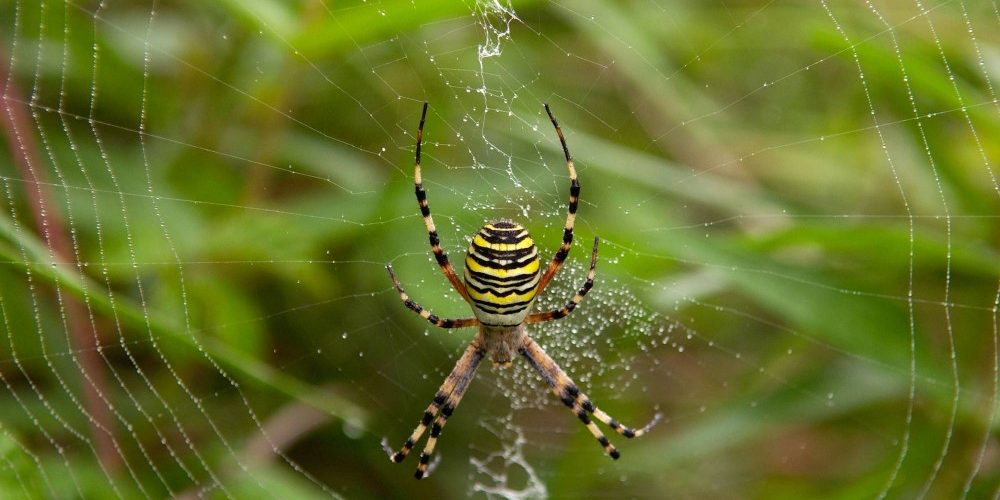Here’s what happened when scientists translated a spider web into music
A group of scientific researchers have pioneered “spider web sonification” after investigating the combined vibrations of individual strands.
The bizarre experiment was spearheaded by Markus Buehler, a scientist who holds a postdoctoral degree in material science.
Joining forces with other scientists at the prestigious Massachusetts Institute of Technology (MIT), Buehler was able to translate the vibrations into a cacophony of stirring and, admittedly, slightly unsettling noises.
The team captured the results by laser-scanning a natural spider web to map 2D cross-sections, before using computer algorithms to reconstruct the cobweb’s 3D network.
After assigning different sound frequencies to each strand, they were then able to play the reconstructed web like a harp to explore the different sounds it would make.
“The spider lives in an environment of vibrating strings,” Buehler told Phys.org earlier this month.
“They don’t see very well, so they sense their world through vibrations, which have different frequencies.”
As for the results, Buehler hopes they could pave the way for communications with spiders by sending vibrations down individual strands.
“We’re trying to generate synthetic signals to basically speak the language of the spider,” Buehler added. “If we expose them to certain patterns of rhythms or vibrations, can we affect what they do, and can we begin to communicate with them? Those are really exciting ideas.”
